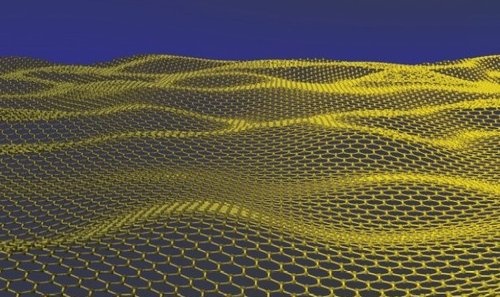
Hailed as a miracle substance, graphene is easy to make a cheap to acquire and probably it could help us with anything from DNA sequencing to power production. Thanks to water and physics, it could soon be turned into a computer because the grapheme has a lot of incredibly useful properties.
Arranged in sheets at about atom thick, you could say it is jus carbon, you can get it anywhere and it is relatively easy to make. Applicable to a huge number of technologies, but resistant with the most common component of the most common technology — it couldn’t become a transistor in a computer.
Transistors, at their most basic, are on-off switches. Anything that has two different positions can be used to make a computer and only certain things, however, could make a useful computer. Semiconductors were among those things. They had an ‘off’ position, which with the use of electrical field could be turned into an ‘on’ position. Electricity being fast and malleable, the combination made for good computers.
Graphene is just a good conductor of electricity. It doesn’t have a readily available on-off switch, both because of its substance and its symmetrical structure. But now, a recent test has shown how you could go about creating one.
Water is one of the most common and responsive substances in the world. Doctor Nikhil Karatkar conducted a test which shows how its properties can be used to help graphene become a part of the tech market. A layer of graphene is placed on a layer of silicon and silicon dioxide. Water is released into the chamber, and shuns the silicon, glomming on to the graphene. This breaks the graphene’s symmetry, and makes it into a poor conductor. So the graphene now has an off switch.
Although this has been done before with other substances, doing it with water is a huge breakthrough. Water isn’t a dangerous material, or an expensive material. Moreover, water is relatively easy to control. Through temperature or pressure, scientists can control humidity. Make things wet – or cool enough, or pressured enough – and the water will descend on the graphene, turning the transistor off. Dry it out a bit and the water lifts off the graphene, allowing it to conduct electricity again.
So water and carbon could be the bones of the next.



